Venus, the second planet from the earth is named after the Roman goddess and beauty. It’s the second-brightest natural object after the moon. Venus is a terrestrial planet, does not have any moons, and is sometimes visible to the naked eye in broad daylight. The planet consists of more than 96% of carbon dioxide, has by far the hottest surface of any planet in the solar system, and the atmospheric pressure at the planet’s surface is about 92 times the sea level pressure of the earth.
Because venus is one of the brightest objects in the sky, it is considered as a major fixture in human culture. It has turned out to be sacred to gods of many cultures and is a prime inspiration for writers and poets. As discovered, venus was the first planet to have its motion plotted across the sky in the second millennium BC itself.
Some facts about Venus-
1.A DAY ON VENUS IS LONGER THAN YEAR-

One day on Venus lasts for 243 days. It takes longer for Venus to rotate once on its axis than to complete one orbit of the sun. The planet takes the longest rotation of any planet in the solar system.
2.EARTH’S SISTER PLANET-
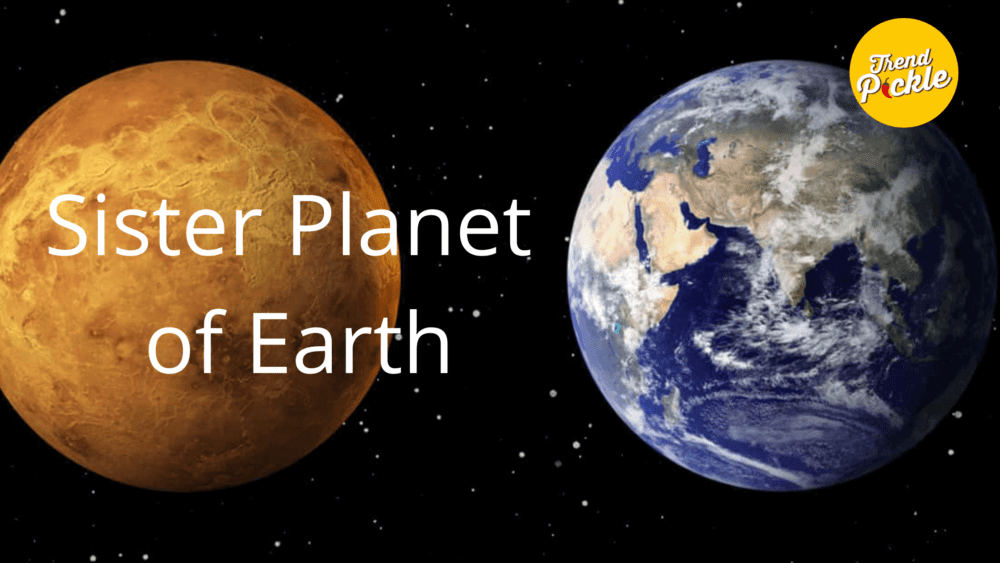
Out of all the planets, Venus is considered the closest to the sun. both bodies are almost of equal size with only a 683km difference in diameter and venus has 81.5% of the Earth’s mass. Both have relatively young surfaces and have thick atmospheres with clouds.
3.A WINDY PLANET-
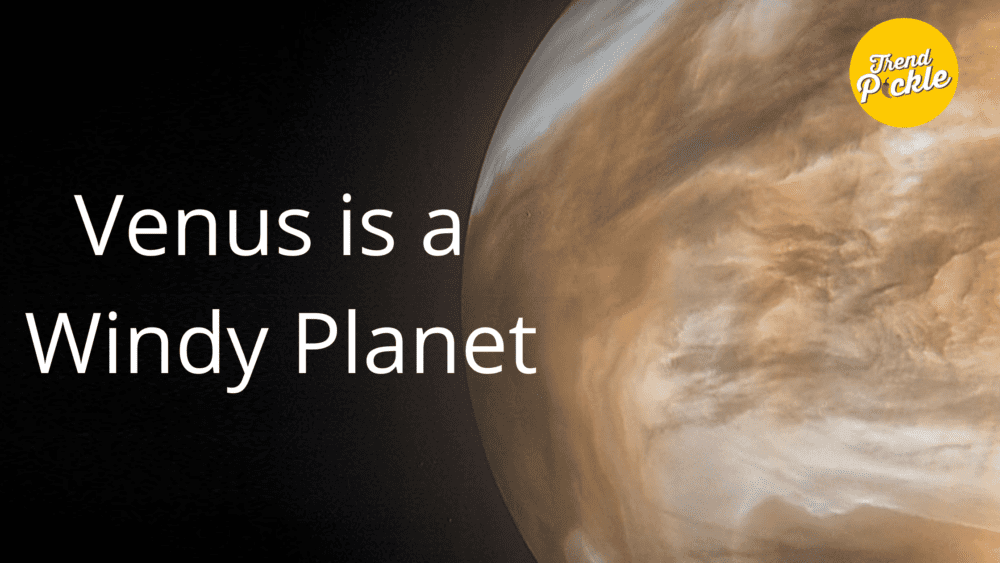
The winds swipe across venus at fast speeds that can reach 450 miles an hour in its middle cloud air. The winds are faster than the speediest tornado on the earth. The atmosphere of Venus extends up from the surface of the planet, up to an altitude of about 250 km.
4.OUR BRIGHTEST PLANET-
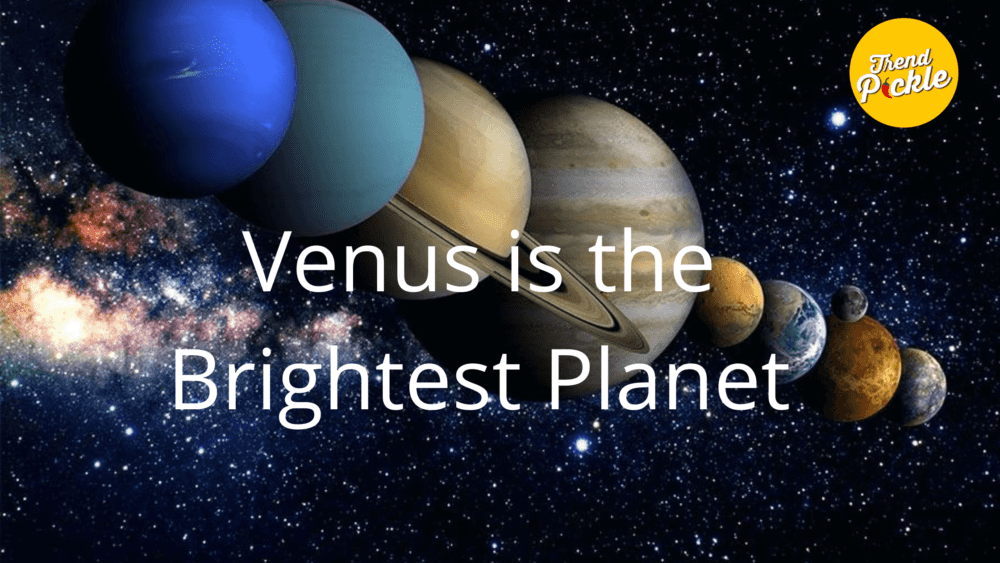
Venus is so bright that it has a magnitude of between -3.8 to -4.6 that it can be seen during the daytime. Its proximity to earth makes it the brightest planet in the sky. The clouds of sulfuric acid in the atmosphere make it reflective and shiny and obscure our view of its surface. Venus is the second brightest natural object after the moon in our solar system.
5.KNOWN AS MORNING STAR AND EVENING STAR-
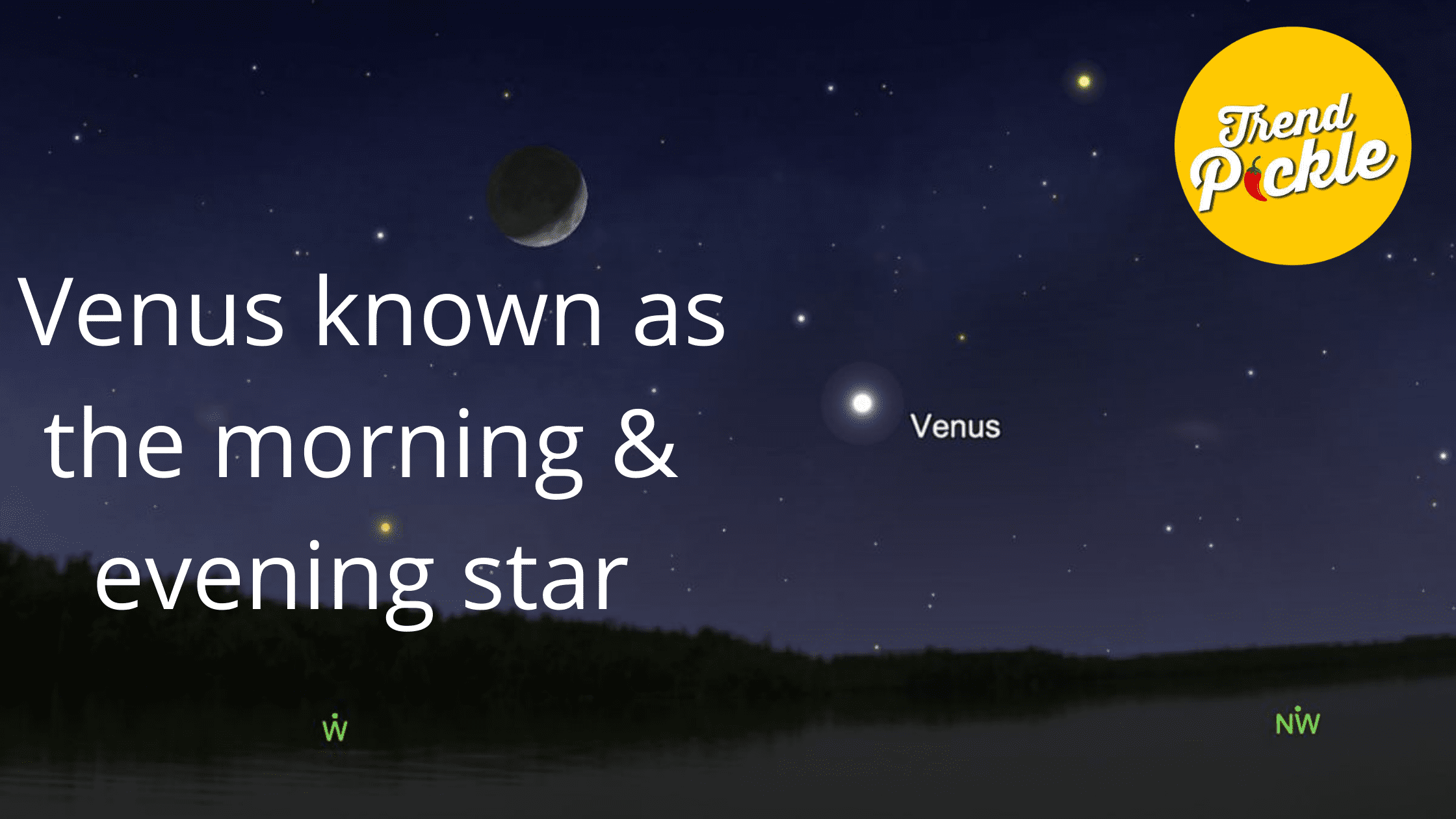
Earlier, it was thought that Venus has two different bodies, called Phosphorus and Hesperus by the Greeks, and Lucifer and Vesper by the Romans. When Venus’ orbit around the Sun overtakes Earth’s orbit, it changes from being visible after sunset to be visible before sunrise.
6.HOTTEST PLANET-
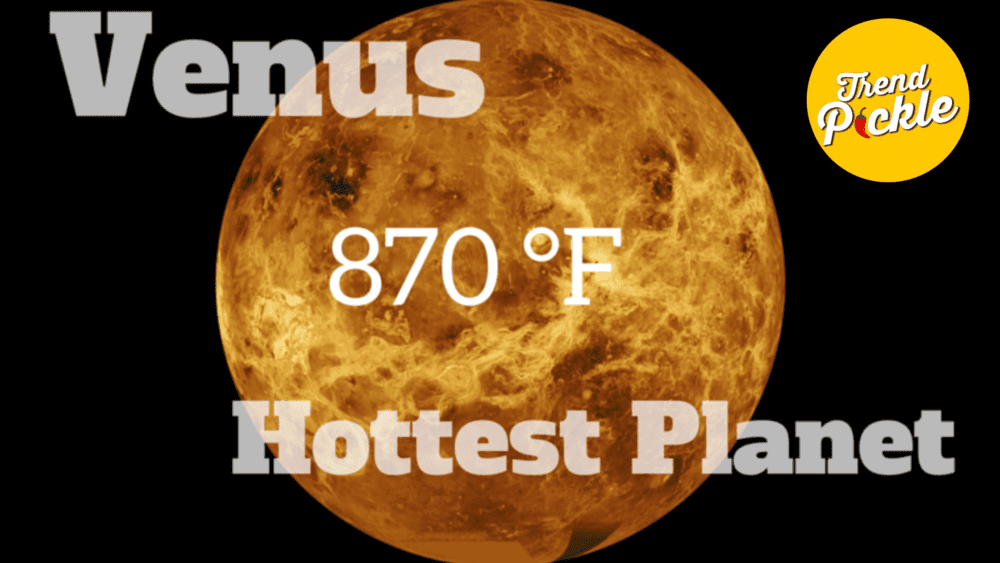
Venus is hotter than Mercury despite being further away from the Sun. It is said that the average surface temperature is 462 °C with no seasonal variation. It is because of the high concentration of carbon dioxide in Venus’ atmosphere and the dense atmosphere of around 96.5 percent carbon dioxide trapping hertz and causing a greenhouse effect.
7.VENUS SPINS CLOCKWISE ON ITS AXIS-
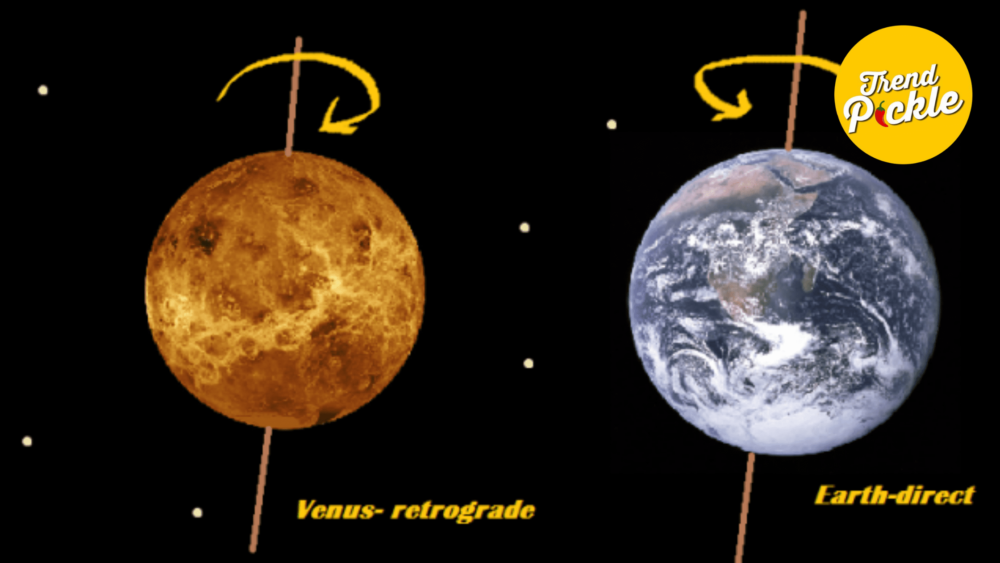
Venus rotates in the opposite direction to the Sun, also known as a retrograde rotation. All the other planets spin anti-clockwise on their axis and orbit the Sun in an anti-clockwise direction. It is believed that the reason for this might be a collision with an asteroid or other object.
8.EXTREME ATMOSPHERIC PRESSURE-
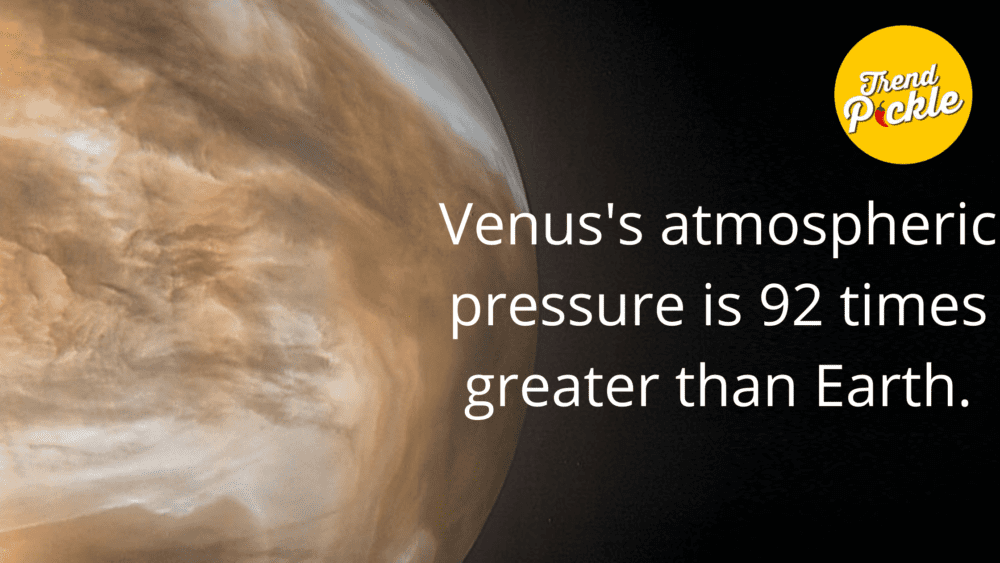
Venus’s atmospheric pressure is 92 times greater than the Earth’s. It is about the same as the pressure at a depth of 1 km in the Earth’s oceans. The carbon dioxide that was originally trapped in the surface rocks wound up in a thick atmosphere which now regulates the surface temperature at about 882 F.
9.VENUS CAN BE SEEN CROSS THE SUN-
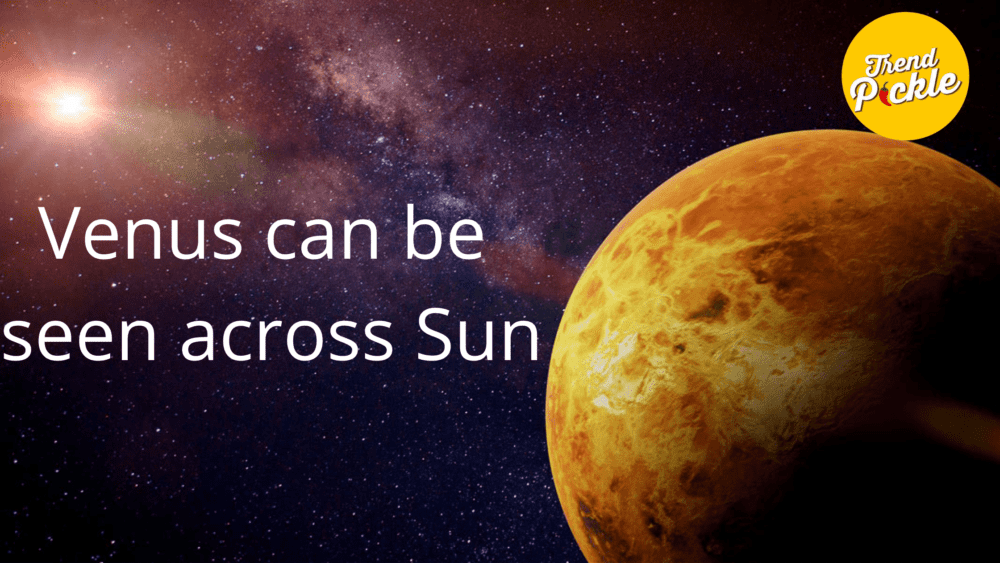
Venus is among the rare planets that we can see it cross in front of the sun. Only Venus and Mercury can do this and Venus’s transitions occur rarely, with pairs separated by eight years coming around less than once a century.
10.NAMED AFTER ROMAN GODDESS OF BEAUTY AND LOVE

It is said that Venus was named after the beautiful Roman goddess due to its bright, shining appearance in the sky. In mythology, Venus is a Roman goddess, whose functions encompassed love, beauty, desire, sex, fertility, prosperity, and victory.
11.ATMOSPHERE CAN CONTAIN LIFE-
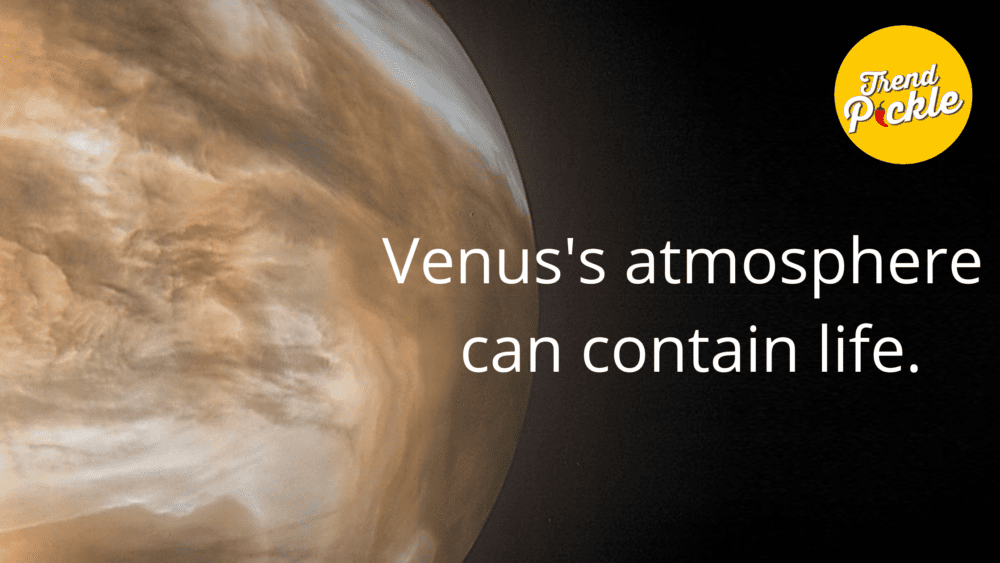
Venus’ super-rotation was found by observing the motion of dark streaks in its atmosphere. The streaks happen to observe ultraviolet light. Venus’s surface is nearly 482 °C, but between 50 and 60 km above the surface, the temperature and pressure are like those at Earth’s surface. And also about the sulfuric acid clouds, The microbes can be coated in molecules of eight sulfur atoms that would be impervious to sulfuric acid.
12.PLANET WITH MOST VOLCANOES-
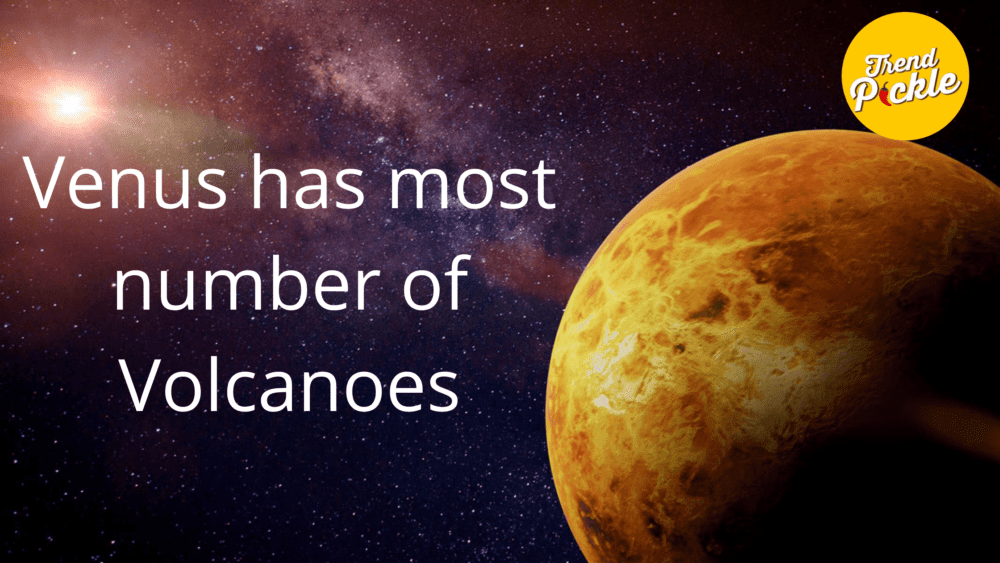
Studies show, there are more volcanoes on the surface of Venus then there are on any other planet within our Solar System. Over 1600 major volcanoes or volcanic features have been found, and there are many smaller volcanoes.

